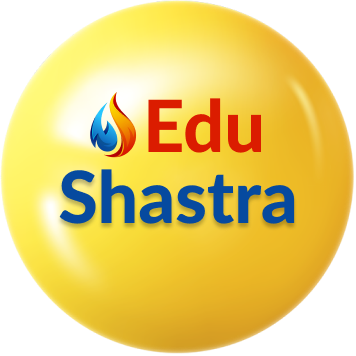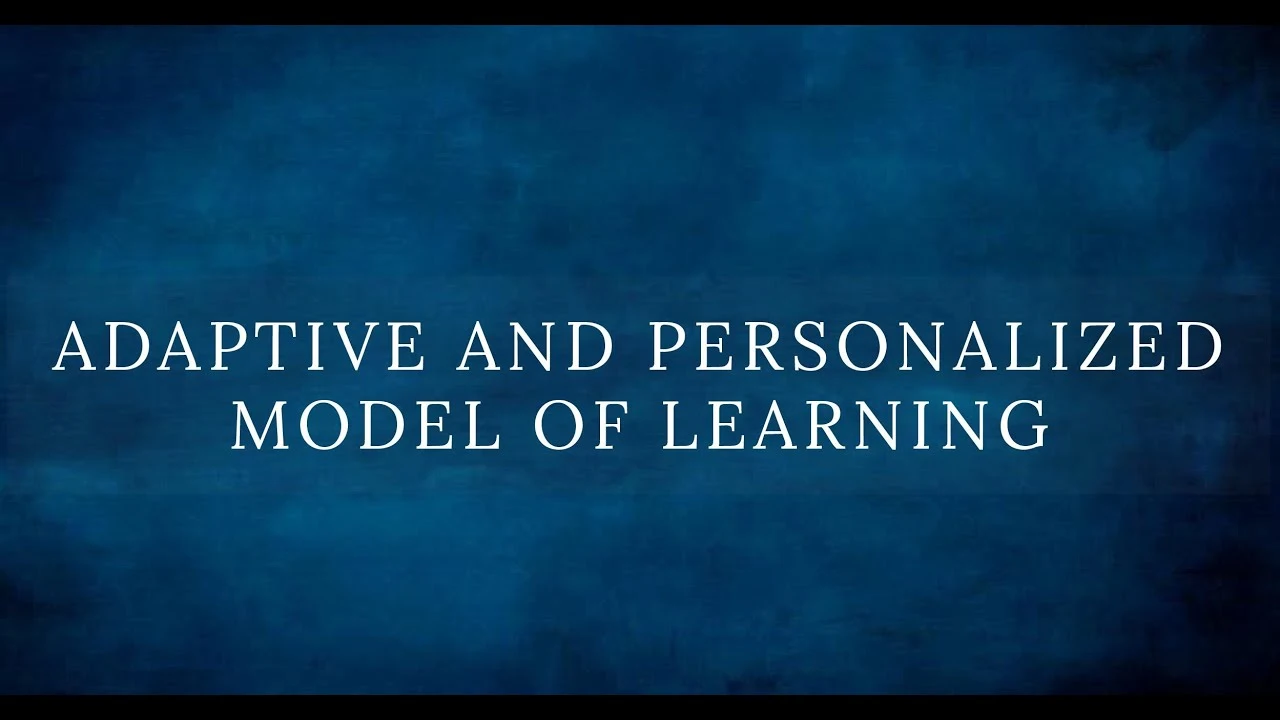Personalized Teaching Methods
All our courses have Adaptive Course Path. We do not only customize but also Personalize Learning Experience for the students.
Personalization Facets:
1. Evaluate & Design Model:
All courses are based upon the “Evaluate & Design” model. The course is divided into four phases. As the course progresses, it adapts based upon the student performance in the evaluation tests. The whole model right from the starting till the end customizes at every point to help the student reach their optimal level. Below-given points are the hallmarks of this model.
2. Adaptive Four-Phase Course Structure:
All Courses are divided into four phases:
a) Entry-level Mapping Phase (One-on-One Stage): This Phase starts with Profile evaluation. Based upon the profile, every student must attempt a Mapping Test. Mapping Test is an IQ-based test which helps in segregating students into five different IQ-based Groups. The idea of segregating students into different IQ groups is to keep a different study pace in all groups. Higher IQ-Groups will have more pace than the lower IQ-Groups. Lower IQ groups will also have more concepts in the class compared to higher IQ groups. Then this phase continues for some initial classes. Teachers try to analyze every student in the batch based on their interaction with them. This phase takes 10% of the total course time.
b) Foundation Phase (Batch Stage): It covers the basics of all four sections of the test. This phase is around 20-50% of the whole course. There are weekly evaluation tests which help in customizing the course path.
c) Testing Phase (One-on-One Stage): This phase involves Computer Adaptive Tests, Computer Based Tests, and Paper-Based Tests. Every course comes with a commitment of “Minimum Tests” i.e. the minimum number of tests that a student must attempt to complete the course.
d) Control Phase (One-on-One Stage): This last Phase is to “Check and Control” any gaps in test preparation.
3. Five IQ-Based Student Groups:
As already told in the previous point, the students are segregated into five IQ-based Groups. These groups are also called “Series”. It starts with 6-series and the last group is 10-series. 6-series is the lowest IQ-Based group in which the course pace is at the slowest pace. The classes will be more concept-based. As a student moves into higher IQ-based groups, the course pace keeps on increasing. Higher IQ-based groups are more Application and practice-based classes.
4. Small Batch Size:
The batch sizes are kept small. In this way, the teachers can help students at an individual level. This helps in providing more personalized services to the students.
5. Weekly Course Correction Evaluation Tests:
The foundation phase is the second phase of the course. This is the phase in which Concept & Application classes are conducted. All Sections/Topics/Lessons are covered in three stages namely Basic, Intermediate, and Advanced classes.
The strategy is to have a weekly course correction based upon the student performance in the weekly evaluation tests. The Panel head reviews the weekly performance and decides the future course path. The weekly evaluation tests are Sectional/Full-Length Computer-Adaptive, Computer-Based or Paper-Based Tests.
6. Adaptive Testing Phase:
The Testing phase is the third phase and is considered the most important of all phases. This phase makes or breaks “Toppers”. In this phase, all Sectional/Full-Length Computer-Adaptive, Computer-Based or Paper-Based Tests are at student’s disposal.
This phase is adaptive and customizes for every student. Every test is evaluated by Teachers before the next test is sent. The tests are not linearly placed for students, but it comes to a student’s portal one at a time. The performance in the test decides the difficulty of the next test sent to students.
7. Ability-Based Model:
Short Definition: It is a learning model in which “Student Ability” decides the closure of the course and not the course time duration.
Long Definition: In the Education Industry, there are two learning models: Time-based model and Ability-based model. In mostly all schools/colleges/institutions, we experience a Time-based model in which everyone gets promoted to the next class after a fixed time period. Example: After a year in school, mostly all students move to the next level, even if a student has scored 50% marks or 80% marks or 99% marks.
But in the Ability-Based model, a student cannot move to the next level based upon the time spent at the level. But the ability becomes the judgmental facet. In this model, even a student who scores 99.99% marks is not promoted to the next level. A student must be 100% to move to the next level and time becomes irrelevant. The idea of the Ability-based model is to find the optimal level in a student.
In the Ability-Based model, a course is repeated until the students reach their optimal level. Example: If the course duration is 2 months, it does not mean that the student journey with us will be over in 2 months. The course will be repeated until he/she reaches the optimal level. In a way, this model has no time-limits. Student ability will change the course duration.
GMAT Course one-cycle duration is 2 months, for CAT it is 3.5 months, and for GMCAT it is 5 months. So in the most optimistic scenario, a student can complete the whole course in a one-course cycle.
All courses have Life-time validity.

